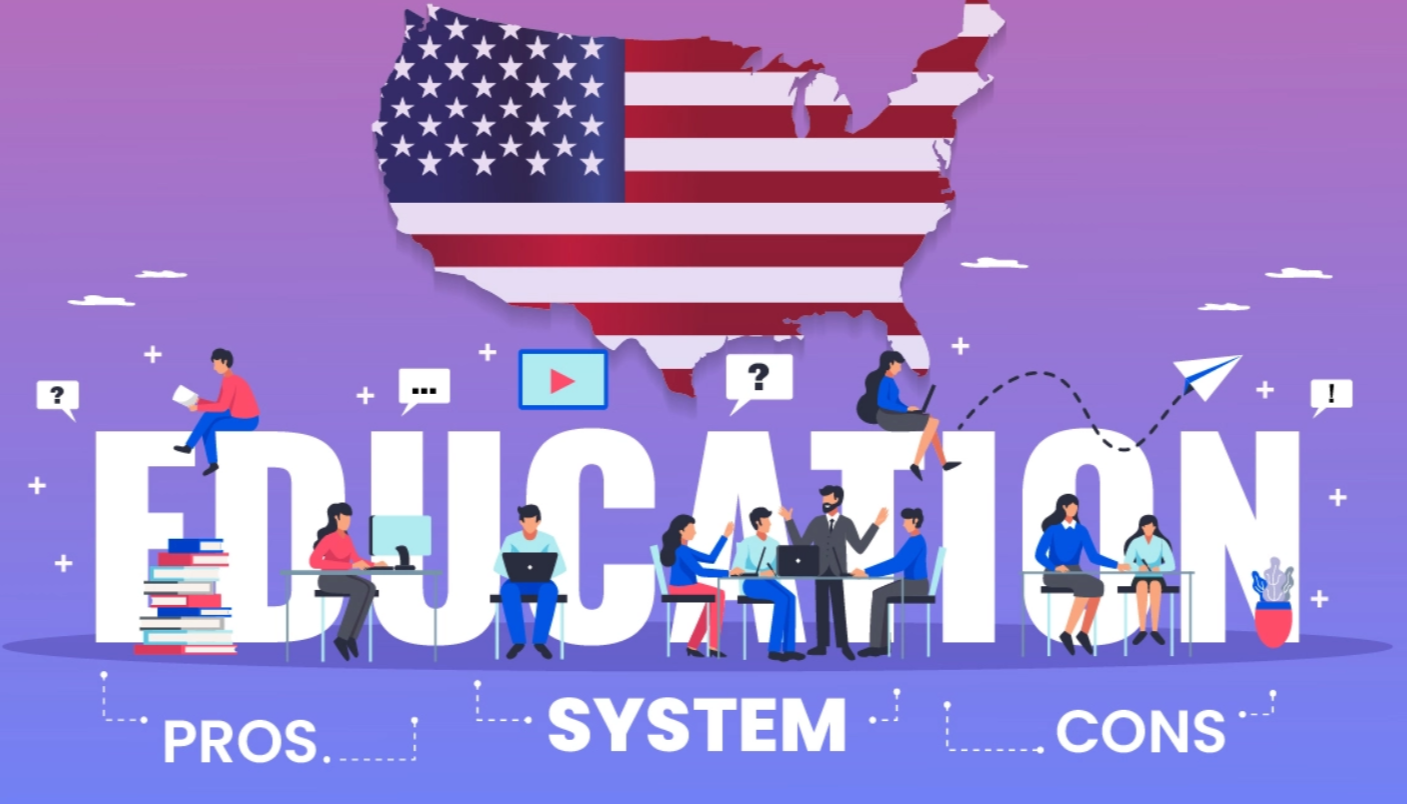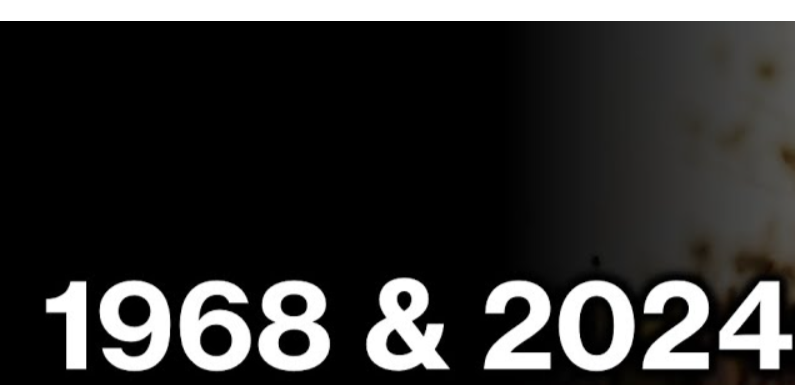(ThyBlackMan.com) Education in the United States is given by government funded schools and non-public schools. Government funded education is generally required from kindergarten through twelfth grade (frequently condensed K-12), and is accessible at state schools and colleges for all understudies. State funded school educational module, spending plans, and strategies for K-12 tutoring are set through privately chose school sheets, which have locale over individual school areas. State governments set general instructive benchmarks, regularly command government sanctioned tests for K–12 government funded educational systems, and administer, more often than not through a leading body of officials, state schools and colleges. Financing originates from the state, neighborhood, and national government.
Tuition based schools are by and large allowed to decide their own educational modules and staffing arrangements, with deliberate  accreditation accessible through free territorial accreditation powers. Around 87% of school-age kids go to state funded schools, around 10% go to tuition based schools and about 3% are self-taught.
accreditation accessible through free territorial accreditation powers. Around 87% of school-age kids go to state funded schools, around 10% go to tuition based schools and about 3% are self-taught.
Buying a cheap essay online from a service with ready papers may seem as a real bargain at first, but before you click the “buy” button, consider the following facts. Of course, you get a free sample of the paper before you pay and of course it’s unique.
Education is obligatory over an age run beginning somewhere around five and eight and closure some place between ages sixteen and eighteen, contingent upon the state. This prerequisite can be fulfilled in government funded schools, state-affirmed tuition based schools, or an endorsed self-teach program. In many schools, instruction is separated into three levels: grade school, center or middle school, and secondary school. Youngsters are typically isolated by age bunches into evaluations, extending from kindergarten and first grade for the most youthful kids, up to twelfth grade as the last year of secondary school.
The United States spends more per understudy on education than some other nation. In 2014, the Pearson/Economist Intelligence Unit evaluated US instruction as fourteenth best on the planet, simply behind Russia. As indicated by a report distributed by the U.S. News and World Report, of the main ten schools and colleges on the planet, eight are American.
Formal instruction in the U.S. is partitioned into various particular instructive stages. Most youngsters enter the government funded instruction framework around ages five or six. Youngsters are allotted into year bunches known as evaluations. The American school year customarily starts toward the end of August or the after quite a while in September, after a customary summer break. Kids generally progress together starting with one review then onto the next as a solitary companion or “class” after achieving the end of every school year in late May or early June.
Contingent on their conditions, they may start school in pre-kindergarten, kindergarten or first grade. They typically go to 12 evaluations of study more than 12 timetable years of essential/rudimentary and optional instruction before graduating, acquiring a recognition that makes them qualified for admission to advanced education. Instruction is compulsory until age 16 (18 in a few states).
In the U.S., ordinal numbers (e.g., first grade) are utilized for recognizing grades. Run of the mill ages and grade groupings in contemporary, open and non-public schools might be found through the U.S. Branch of Education. For the most part there are three phases: primary school (K-fifth/sixth grade), center school (sixth/seventh eighth grades) and secondary school (9th–12th grades). A few schools vary in the evaluations they contain.
Staff Writer; Harry Miles
















Leave a Reply